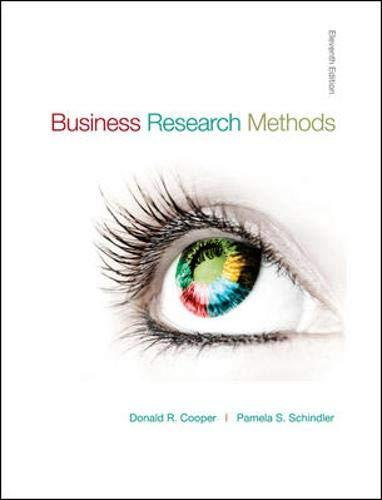3 The High Cost of Organizational Change. It was his fi rst year of college teaching, and...
Question:
3 The High Cost of Organizational Change. It was his fi rst year of college teaching, and there were no summer teaching assignments for new hires. But the university was kind enough to steer him to an aviation fi rm, Avionics Inc., which needed help creating an organizational assessment survey.
The assignment was to last fi ve weeks, but it paid about the same as teaching all summer. The work was just about as perfect as it gets for an organizational behavior specialist.
Avionics Inc.’s vice president, whom he met the fi rst day, was cordial and smooth. The researcher would report to a senior manager who was coordinating the project with the human resources and legal departments.
It was soon apparent that in the 25-year history of Avionics Inc., there had never been an employee survey.
This was understandable given management’s lack of concern for employee complaints. Working conditions had deteriorated without management intervention, and government inspectors counted the number of heads down at desks as an index of performance. To make matters worse, the engineers were so disgruntled that word of unionization had spread like wildfi re. A serious organizing effort was planned before the VP could approve the survey.
Headquarters dispatched nervous staffers to monitor the situation and generally involve themselves with every aspect of the questionnaire. Shadowed, the young researcher began to feel apprehension turn to paranoia. He consoled himself, however, with the goodwill of 500 enthusiastic, cooperative employees who had pinned their hopes for a better working environment to the results of this project.
The data collection was textbook perfect. No one had asked to preview the fi ndings or had shown any particular interest.
In the fi fth week, he boarded the corporate jet with the VP and senior manager to make a presentation at headquarters.
Participants at the headquarters location were invited to attend. Management was intent on heading off unionization by showing its confi dence in the isolated nature of “a few engineers’
complaints.” They had also promised to engage the participants in action planning over the next few days.
An hour into the fl ight, the Avionics Inc. VP turned from his reading to the young researcher and said, “We have seen your results, you know. And we would like you to change two key fi ndings. They are not all that critical to this round of fi xing the ‘bone orchard,’ and you’ll have another crack at it as a real consultant in the fall.”
“But that would mean breaking faith with your employees . . . people who trusted me to present the r esults objectively. It’s what I thought you wanted . . .”
“Yes, well, look at it this way,” replied the VP. “All of your fi ndings we can live with except these two. They’re an embarrassment to senior management. Let me put it plainly. We have government contracts into the foreseeable future. You could retire early with consulting income from this place. Someone will meet us on the runway with new slides. What do you say?”
b What are the implications of those decisions even if there is no violation of law or regulation?
Step by Step Answer:







